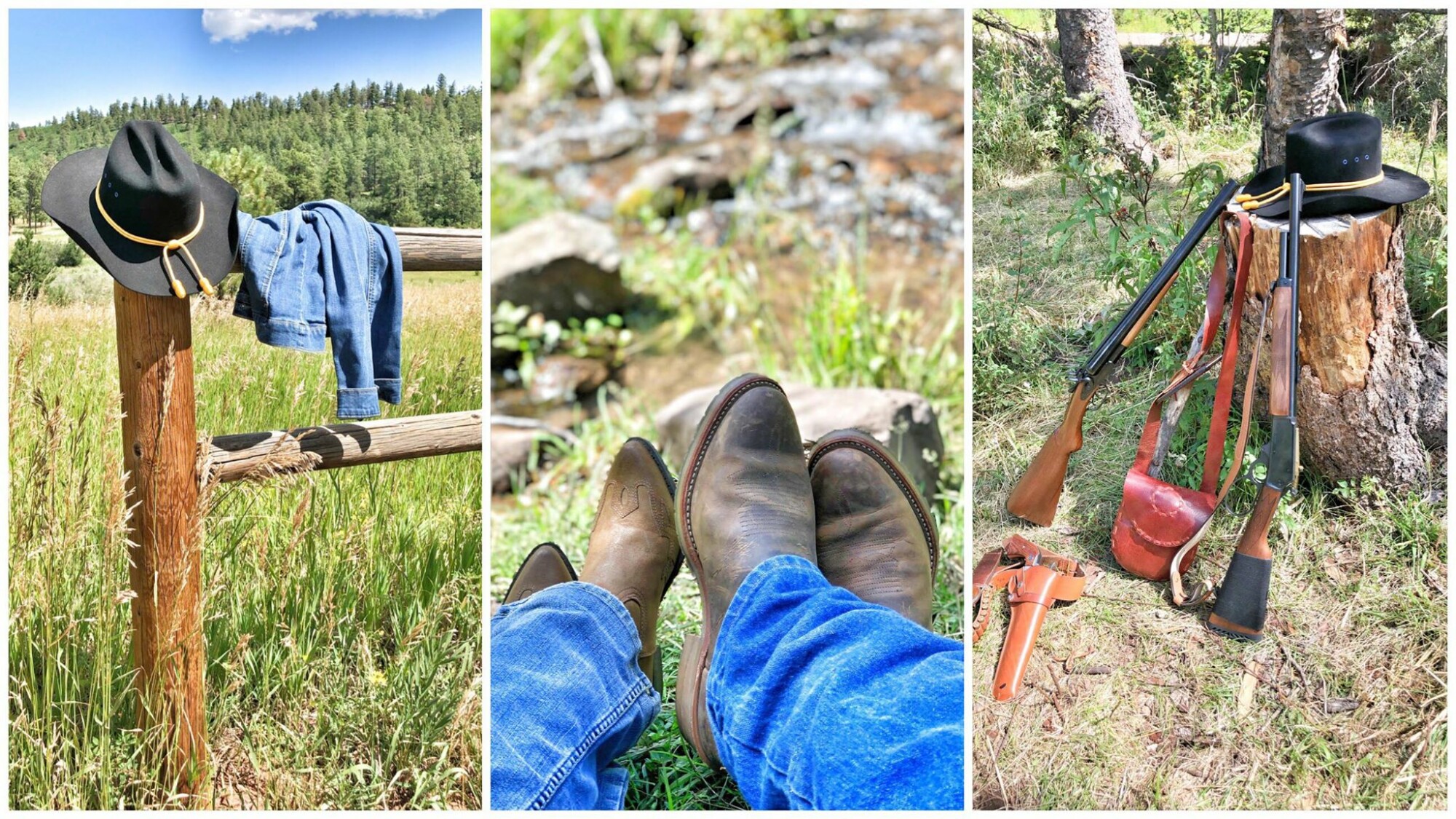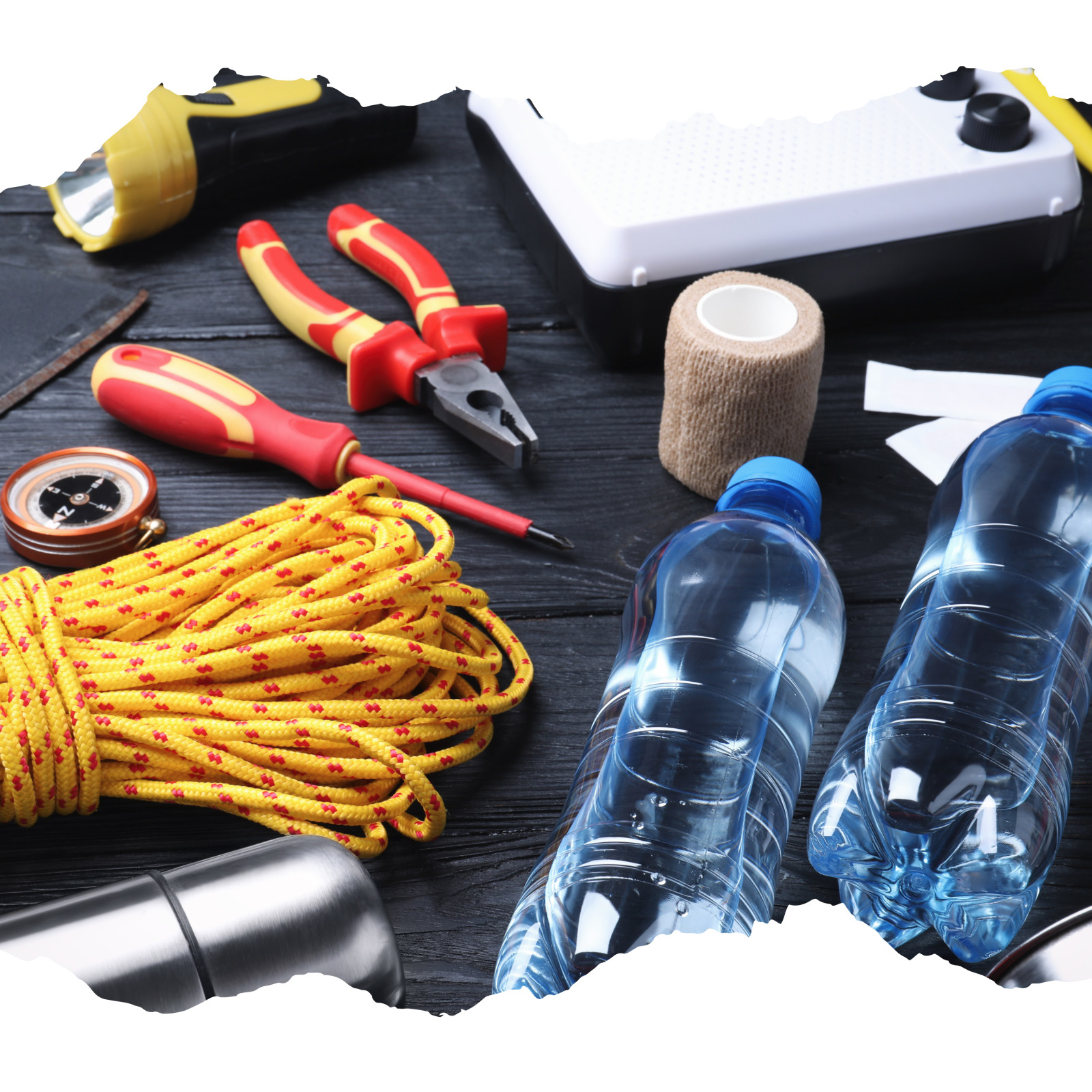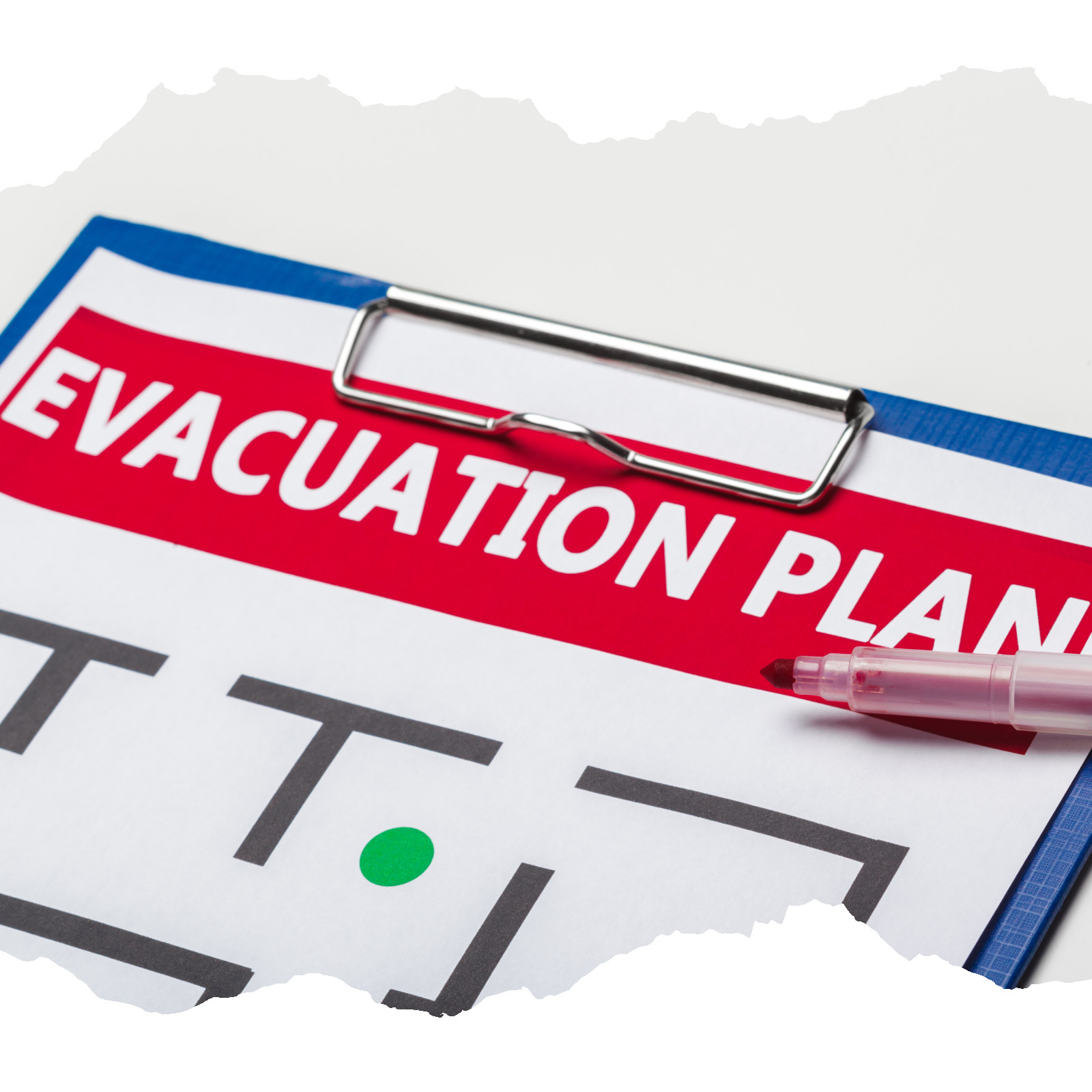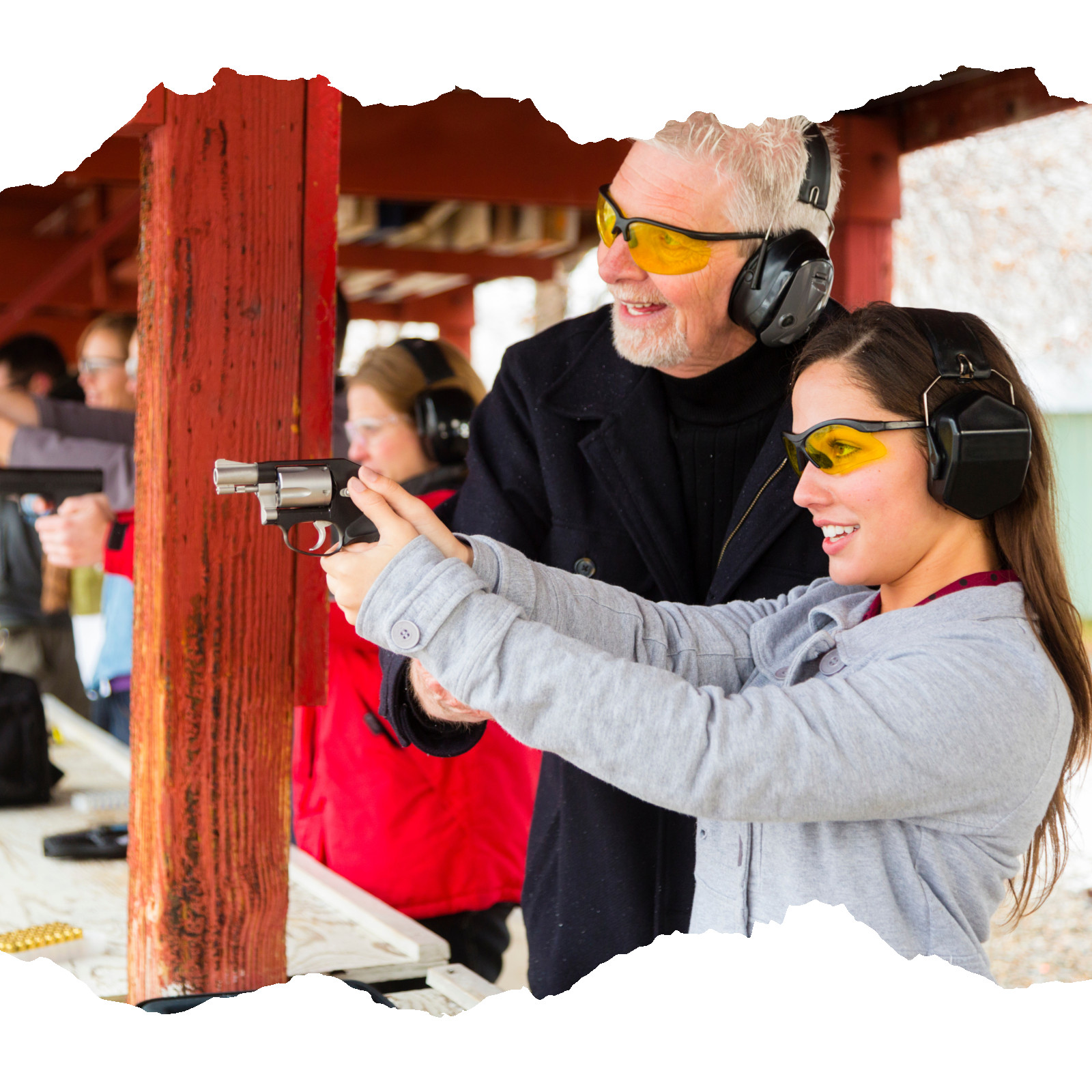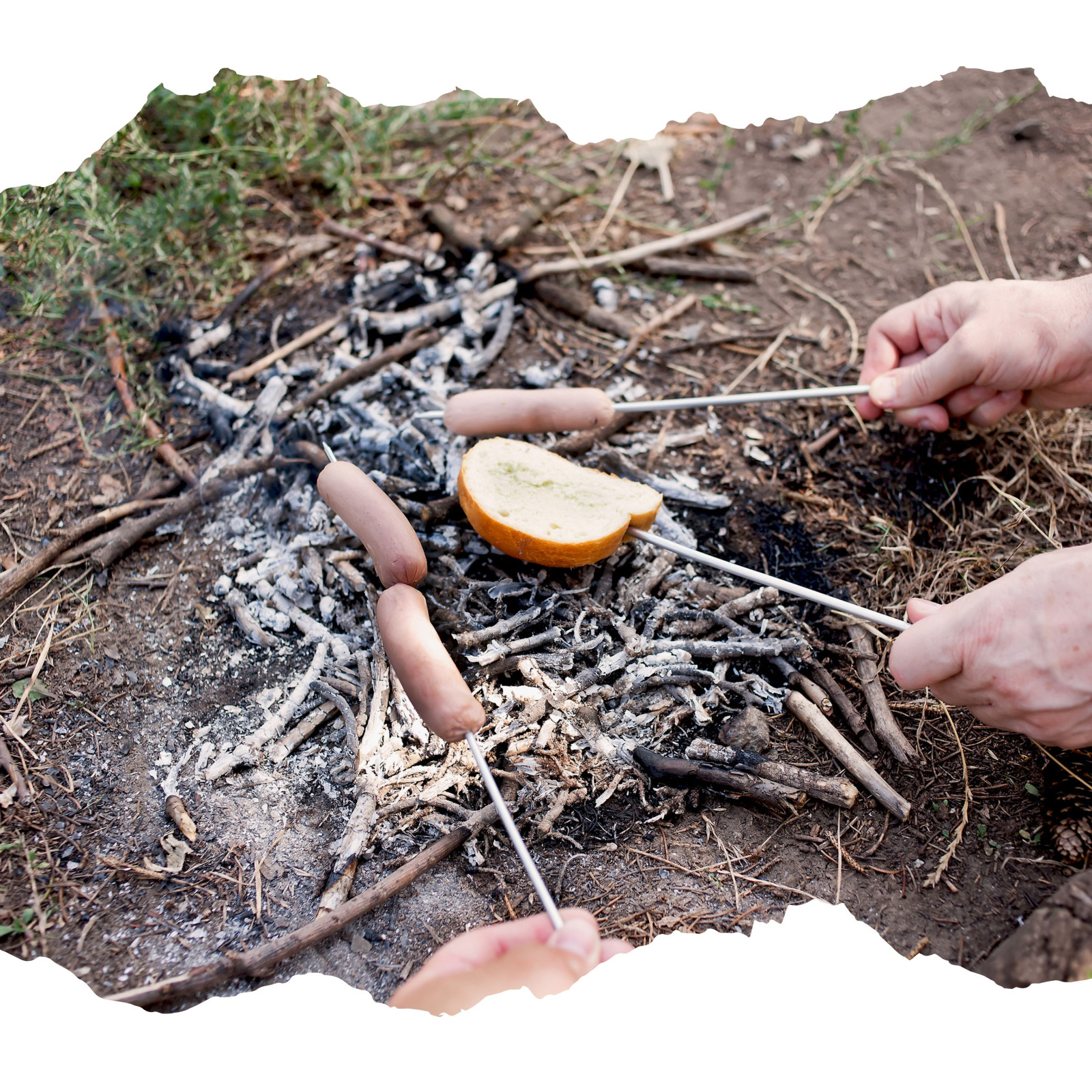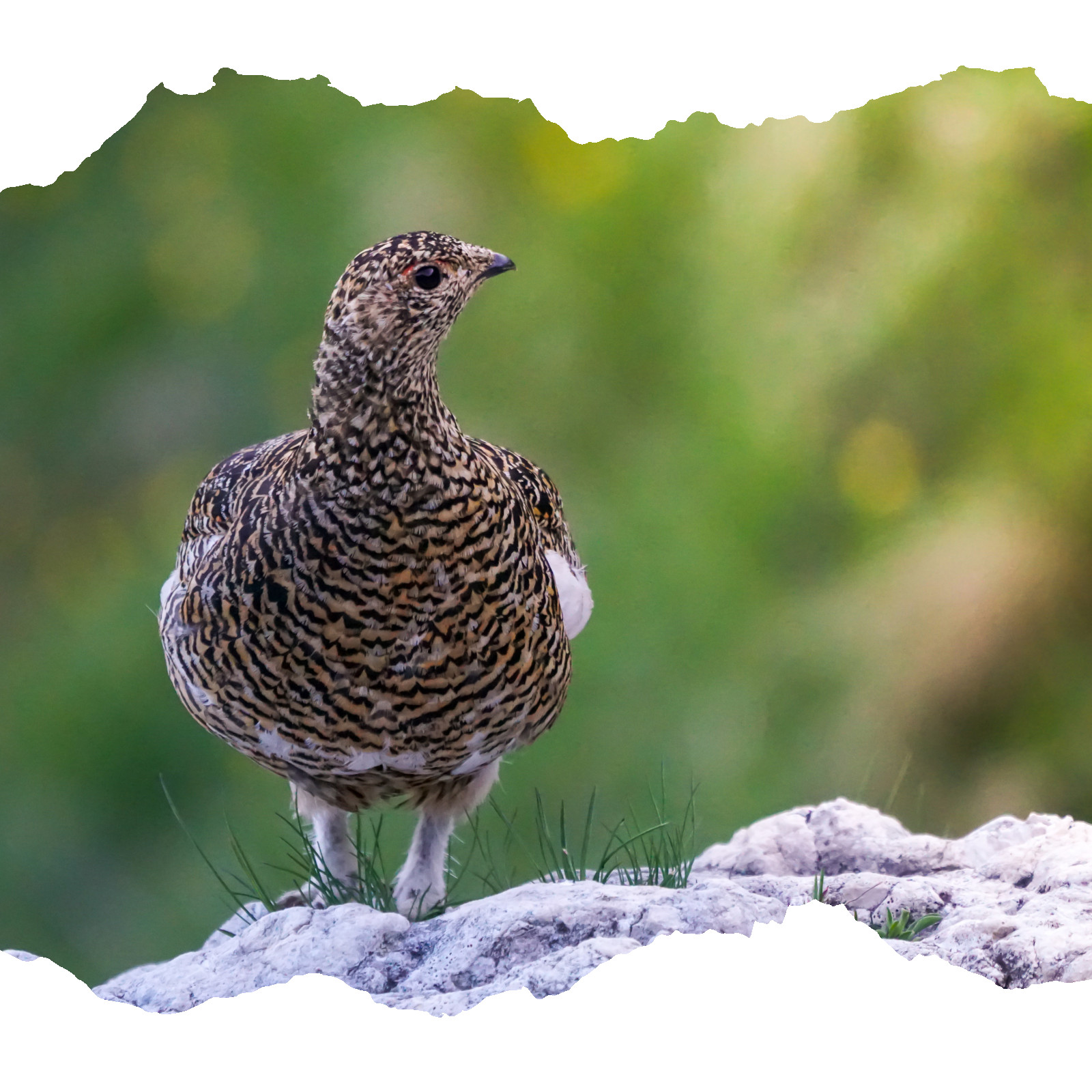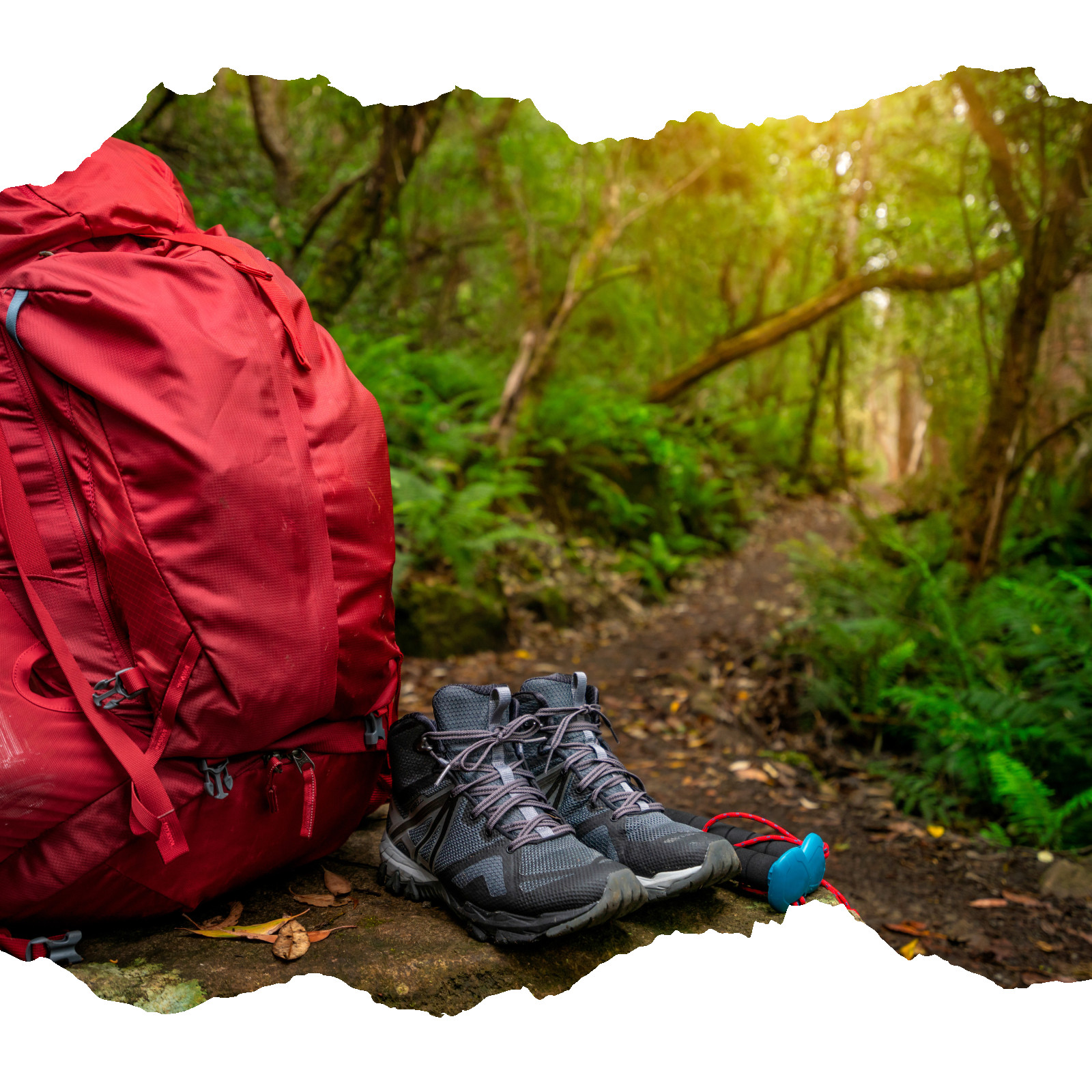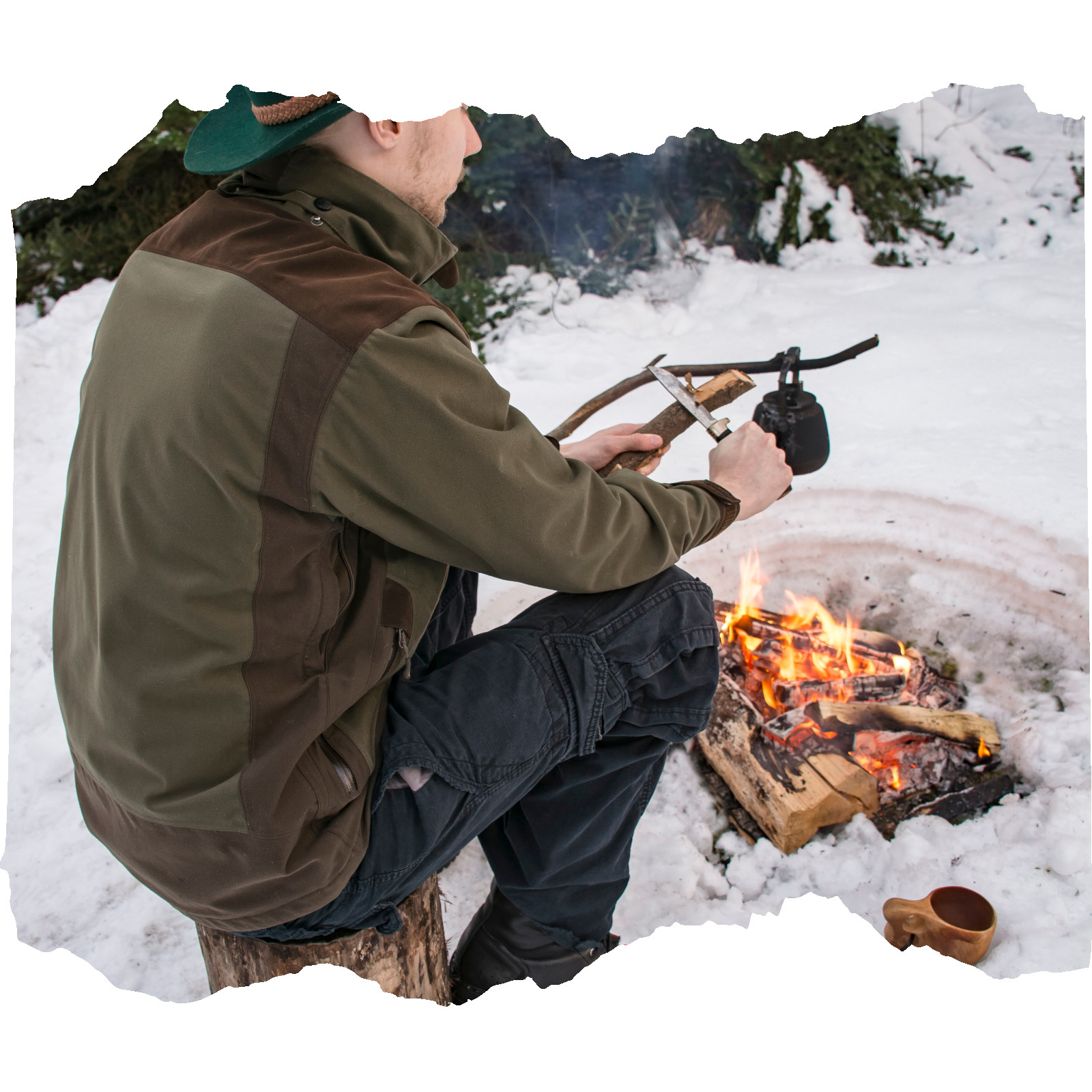
The Most Crucial Tool You Didn't Know You Needed
Imagine you find yourself lost in the woods. The sun is setting, and panic starts to nibble at the edges of your mind. How do you ensure that this fear doesn’t spiral into a full-blown crisis?
The answer doesn’t lie in your gear, but rather in your mindset. Of all the many facets of preparedness and survival, the psychological aspect is probably the single most important. No matter what you are working on or with, the mental aspect plays a huge role.
Managing Panic Through Mindful Actions
When you realize you're lost, the initial surge of fear is natural. Yet, it’s essential to harness that energy constructively. Stop moving, sit down, breathe and try to relax a bit. Once you are at least centered, you can take better stock of your physical and mental situation. Gather materials and build a small fire. Not only will this occupy your mind and keep you from becoming even more lost, the act of taking control of even the smallest aspect of our situation keeps us functioning at higher than a base level. This is like evolution/survival psych 101.
By focusing on actionable tasks, such as gathering materials for a fire, you prevent your mind from spiraling into negative “what-ifs.” You transform a vulnerable situation into one where you exert control, reinforcing your ability to manage the situation.
Training Your Mind for Survival
In the military and law enforcement worlds, you are taught to “train the way you fight, fight the way you train.” In simplistic terms, by training your mind and body to do the same thing time and time again in coordination, you are essentially creating a (slightly misnamed) “muscle memory,” i.e., your training takes over and you do things without going into a paralysis by analysis mode.
This principle applies to survival scenarios. Consistent practice of survival skills under controlled conditions can prepare your mind to respond effectively under stress, minimizing the debilitating effects of panic.
Balancing Motivation with Realism
A positive mindset is crucial in survival situations, but it must be balanced with realism. Angie really likes the phrase “manifest that shit!” It’s a great philosophy, imagine it to be and so it shall be. A word of warning to this point though. While it is extremely important to not let the negative thoughts take control, and to have a sense of purpose, do NOT become so fixated on whatever positive motivator that it now becomes your downfall.
Inspiration is key, but avoid becoming so obsessed with a particular outcome or motivator that it blinds you to reality. In the show "Alone," contestants often start strong, motivated by photos of loved ones. Yet, this attachment can transform from a source of strength into a psychological burden, leading to premature withdrawal from the game. In real-life survival scenarios, returning to comfort isn't an option, making psychological balance even more critical.
Conclusion
Psychological preparedness is not just a tool for survival; it's the foundation upon which all other skills build. By training your mind, managing stress constructively, and maintaining a balanced mindset, you increase your chances of thriving in challenging environments.
Practice and improve your survival skills regularly. The more you prepare, the more resilient you become, both mentally and physically. Remember, your greatest survival tool is right between your ears. It's time to hone it.
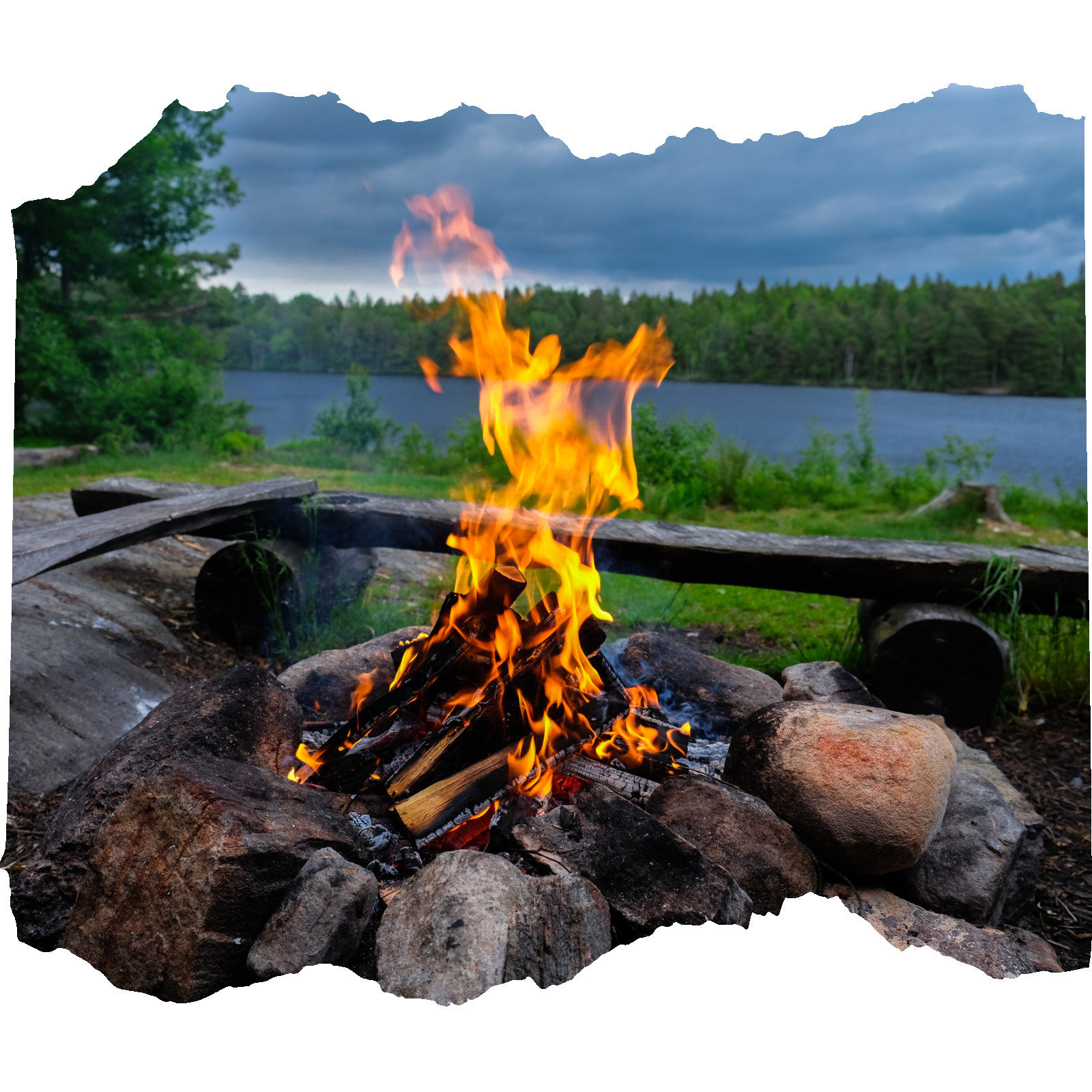
When heading into the great outdoors, starting a fire is one of the most essential skills any adventurer should have. But you don't need the latest gadgets or expensive gear to get the job done. In fact, some of the most reliable and effective fire-starting tools are also the most affordable. In this blog I will introduce you to seven cost-effective fire-starting tools that every outdoor enthusiast, budget camper, and survivalist should have in their toolkit.
1. Harness the Power of Friction
The concept of friction is as old as time itself; even our ancestors knew that rubbing two sticks together could create fire. A fire bow is perhaps the most recognized tool in this category. While it requires practice and patience, mastering the fire bow technique using proper materials can quickly and efficiently start a fire. For those who love a challenge and wish to hone their survival skills, this is a must-try method.
2. Flint & Steel Magic
Flint and steel have been used by campers and survivalists for generations. By striking high carbon steel with a piece of flint or chert, you can create sparks that ignite char cloth to start a fire. The beauty of this method is its simplicity and accessibility. You don’t need to buy an expensive set—use the spine of your knife or hatchet, and find flint or chert in your surroundings.
3. Modern Ferro Rod & Magnesium Starters
A modern twist on flint & steel, ferro rods and magnesium starters are reliable and easy to use. Found in stores like Walmart for as low as $5, these tools allow you to scrape magnesium shavings into tinder and shower it with hot sparks using the ferro rod. It's an inexpensive yet effective method, perfect for any camping kit.
4. Solar-Powered Magnifying Lens
Remember using a magnifying glass to focus sunlight and burn paper as a kid? That same principle applies to starting fires! With sufficient sunlight, a magnifying lens can quickly char or ignite tinder. It's a fun, eco-friendly option that requires nothing but the sun's rays.
5. DIY Storm Matches
Why pay a premium for storm matches when you can make them yourself? With strike anywhere matches and a bit of nail polish, you can waterproof your matches at home. Simply coat the matchsticks from halfway up to the head with two or three layers of polish. The result is a waterproof match that burns hotter and longer.
6. Reliable Butane Lighter
The trusty butane lighter is a staple in any fire-starting kit. Compact and easy to use, these lighters stay in my pocket, fire kit, and cook kit. Even when the butane runs out, the spark wheel can ignite char cloth, making it a versatile choice. Don’t forget to carry a backup, like a Zippo, for added reliability.
7. Economical Fire Extenders
Fire extenders such as candle stubs, tea candles, WetFire, homemade fire disks, and fatwood splinters can make your fire last longer. They help conserve fuel and tinder, ensuring your fire stays lit when you need it most. These items are not only effective but also incredibly affordable.
Now that you're equipped with these budget-friendly fire-starting methods, it's time to get outside and practice. Experiment with these tools in your backyard before your next big adventure. Feel the satisfaction of mastering a crucial survival skill without breaking the bank, and share your experiences with fellow outdoor enthusiasts. Happy camping and stay safe!
Join the Bushcraft Brotherhood
Embarking on your survival journey doesn't have to be a solo adventure. I'm excited to invite you to join our free online group, the Bushcraft Brotherhood, where like-minded enthusiasts gather to share tips, experiences, and support. Whether you're a seasoned survivalist or a curious beginner, our community is a hub for knowledge exchange and camaraderie. Connect with fellow bushcrafters, participate in engaging discussions, and learn new skills from experts around the globe. Don't miss the chance to expand your network and deepen your understanding of bushcraft. Join us today and become part of a growing family dedicated to mastering the art of living in harmony with nature!
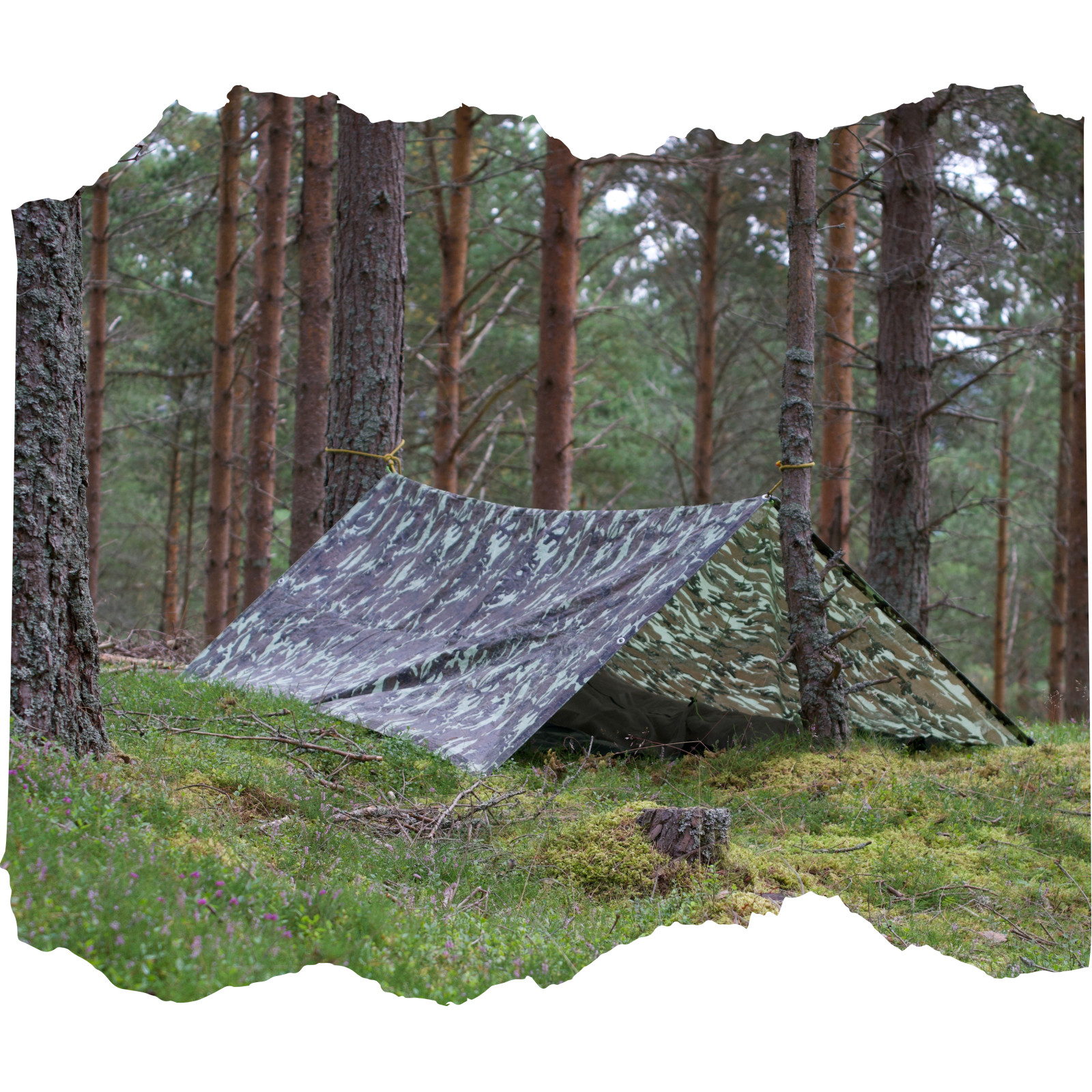
Have you ever found yourself in nature's unforgiving grasp, wondering how you could turn the wild, untamed environment into a sanctuary? For survivalists and preppers, mastering the art of wilderness shelters is not just a skill—it's an essential part of staying alive.
Human beings are funny creatures. In our path to becoming modern humans, we’ve shed our fur coverings (for the most part), our claws have evolved into softer nails, and those once-dominant canine teeth have become less pronounced. Out in the wilderness, we must use our ingenuity to reclaim our primal instincts, finding or creating shelters that will protect us from the elements.
Adapting to Nature’s Whims
When embarking on a day hike or running a quick check of the trapline, you probably aren't carrying a tent or portable shelter. But fear not! We've got you covered with some practical, time-tested shelter solutions you can build on the fly.
Over-Hangs
One of the easiest—and earliest—shelters adapted by humans is a simple over-hang. Rock outcrops, angled fallen trees, or spaces under thick pines provide quick cover when Mother Nature decides to open up with wind, snow, or rain. Staying for more than a night? Enhance your shelter with downed logs or branches for walls or windbreaks, and add debris for extra protection. A well-placed fire reflector made from rocks or logs can amplify the warmth of your fire.
Lean-to
The lean-to is a classic go-to for its speed and simplicity. Just tie a ridge pole or line between two trees, then lean branches and debris against it to form a windbreak and quick shelter. This minimalist structure provides immediate protection with minimal effort.
Tree Pit
The space directly beneath a conifer can be an excellent natural shelter. Scrape away debris from the base, creating a ring that serves as a windbreak and retains warmth. If snow is present, a wall base can be formed initially, then built up with snow from outside the pit. Caution is advised when building fires near this type of shelter due to its confined nature.
Debris Hut
Want warmth and comfort without a fire? Build a debris hut by constructing a framework of branches and piling leaves and debris on top. Ensure a good thickness for insulation. This shelter traps body heat, keeping you warm even when conditions outside are harsh.
Snow Pile Hut
A childhood favorite for many, the snow pile hut involves creating a 6-foot diameter mound of snow. After letting it settle for 24 hours, use sticks to ensure consistent wall thickness as you excavate a hollow interior. Line the floor with conifer branches to ward off meltwater and craft a door from a poncho filled with snow. Remember to create air holes for ventilation, and a single candle can provide surprising warmth.
Plow Point
If you're lucky enough to have a tarp or space blanket in your survival kit, the plow point shelter is a great option. Tie one corner to an upright pole and spread the rest outward, securing the edges against prevailing winds. Simple yet effective, this setup offers quick protection.
Navigating Industry Challenges
The challenge many survivalists face is balancing the need for lightweight carry solutions with the unpredictability of nature. In the absence of modern gear, knowledge becomes your greatest tool. These shelters utilize minimal supplies and leverage your surroundings, making them accessible regardless of what you have on hand.
The Call to Community
Ready to deepen your understanding of outdoor survival? Join our community for more insights, discussions, and expert advice on thriving in nature's vast and varied wilderness. Together, we'll explore the skills necessary to not just survive, but truly master the art of wilderness living.
There's a whole world waiting to be discovered—so pack your gear, hone your skills, and step confidently into the wild. Join us today!
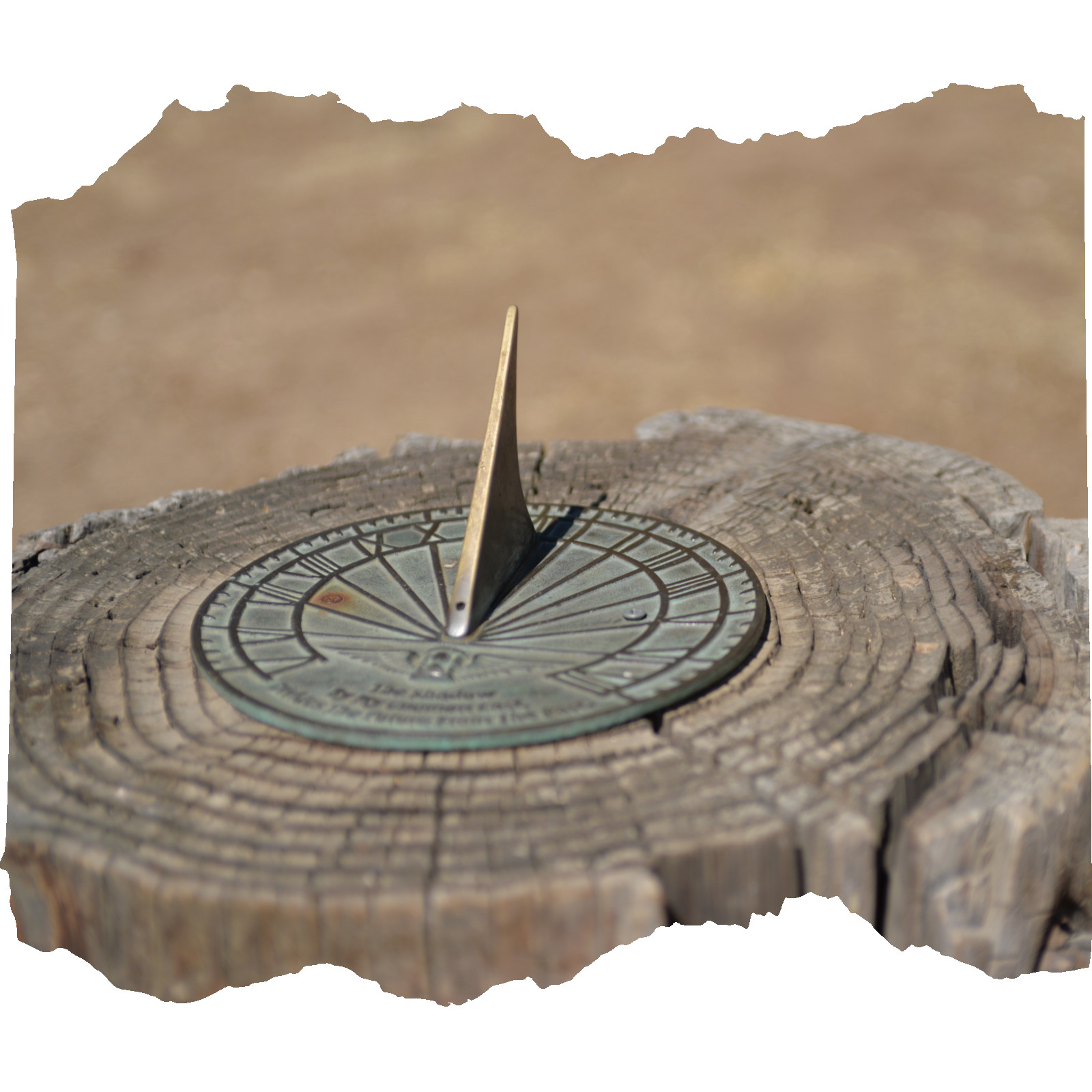
Have you ever found yourself in the great outdoors, surrounded by nature's beauty, only to realize you've forgotten your compass? For many, this scenario might induce panic, but for the seasoned adventurer, it presents an opportunity to hone the art of natural navigation.
Rediscovering Cardinal Directions
It's astonishing how many people struggle to identify cardinal directions when they leave their familiar surroundings. Yet, understanding these basic directions—North, East, South, and West—is the foundation of good navigation. Growing up near the Sangre De Cristo Mountains, I learned that if the mountains are on your left, you're facing north. Such simple observations can be lifesavers when technology fails.
Sun as a Reliable Guide
In the northern hemisphere, the sun offers a dependable guide as it rises in the east and sets in the west. At noon, it's typically at its highest point in the sky, providing a clear indication of direction. While this method works wonders in the contiguous United States, adjustments are necessary in regions like Alaska, where the sun's path is less predictable.
Stay Aware of Your Surroundings
Awareness of your surroundings is crucial. Even in dense forests, landmarks like peaks or unique rock formations can guide you. Always take mental snapshots of your route, as these visual cues will be invaluable when retracing your steps.
Analog Watches as Navigation Tools
In today's digital world, analog watches may seem outdated, but they can be valuable navigation tools. By aligning your watch's hands with the sun and using a landmark as a reference, you can create a makeshift compass to guide your path.
Utilizing Natural and Manmade Aids
Before heading out, familiarize yourself with the terrain using a topographic map. Natural features like rivers or manmade structures such as fences and railroads can serve as reliable guides. These aids can help you maintain your course and reach your destination safely.
Conclusion
Navigating without a compass comes down to awareness, resourcefulness, and a willingness to trust in nature's signals. By mastering these skills, outdoor enthusiasts can turn potential setbacks into opportunities for adventure.
Ready to elevate your outdoor skills? Join our community for more survival insights and connect with fellow adventurers who share your passion for the wild. Together, let's explore new horizons and conquer the unknown.
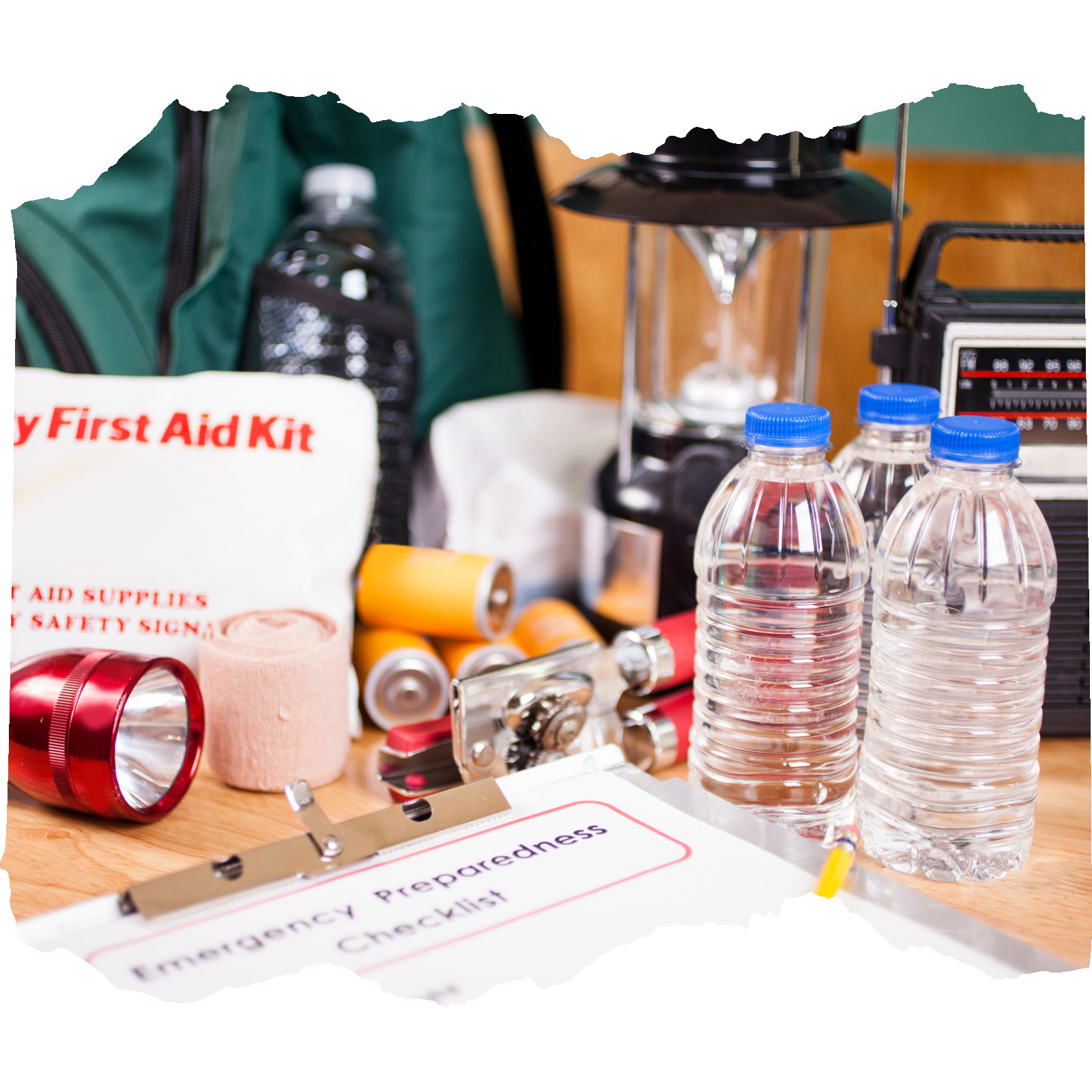
Imagine waking up to the sound of blaring sirens, the kind that send shivers down your spine because they mean something big is happening. Are you ready? Is your family prepared to face whatever emergency might be heading your way? This is not just a hypothetical scenario—it's a reality millions confront when natural or man-made disasters strike. The question is, how can you ensure you're not caught off guard?
The Importance of Planning
The mantra "Be prepared" isn't just a relic from the Boy Scouts. It's a pivotal life lesson that my father instilled in me long before I donned a Scout uniform. In today's unpredictable world, this lesson is more critical than ever. Emergencies do not discriminate; they can impact anyone at any time. The challenge lies in overcoming the complacency that leads many to think, "It won't happen to me."
Understanding the Landscape of Emergencies
From coastal hurricanes and inland floods to urban riots and possible military threats, the nature and type of emergencies vary widely. For instance, those living in flood-prone areas should prioritize waterproof storage and evacuation routes, while families near military installations might focus on potential attacks.
Current Industry Challenges
One of the significant hurdles we face today is the "ostrich effect"—a tendency to ignore looming threats in favor of more immediate concerns. Coupled with inconsistent information on emergency preparedness, many find themselves ill-equipped when disaster strikes. But preparedness doesn’t equate to panic; it’s about having a plan that balances foresight with practicality.
Insights for Better Preparation
- Take Stock of Essentials:
Begin with a beginner prepper mindset. Understand what you have at home, in your shop, and on your property. Every human, regardless of age or ability, has basic needs—shelter, water, food, and protection. Therefore, start building a stockpile gradually. Don't stress about doing it all at once; instead, add a few extra items each grocery trip.
- Know Your Household:
Consider everyone in your household, including pets. Age, medical needs, and physical abilities play a huge role in planning. You may need medications or special food for some family members, and pets will need equivalent provisions.
- Estimate Duration:
How long should you prepare for? A good rule of thumb is three days, but having supplies for a week or more is even better. Think about water (about one gallon per person per day), food, and energy sources like candles, batteries, and solar chargers.
- Communication & Coordination:
In an emergency, family members might be scattered—at work, school, or elsewhere. Establish a rally point and practice reaching it. Practice your plan regularly so actions become second nature. With cellphone networks potentially down, consider alternatives like walkie-talkies.
- Defense & Food Gathering:
Depending on the emergency's nature, self-defense or food harvesting might be necessary. While supporting the 2nd Amendment, it's crucial to emphasize comfort and readiness with whatever tools you choose for protection.
Moving from Panic to Preparedness
Creating a family emergency plan not only ensures peace of mind but also transforms a potentially chaotic situation into a manageable one. It's time to pivot from the mindset of "it won't happen to me" to "I am ready."
Share your emergency plan with us and inspire others in the community. Let's create a culture of preparedness where families are equipped, resilient, and ready to face any challenge head-on.


